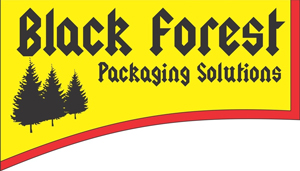Unlocking Efficiency: The Impact of Flexible Packaging Machines on Global Packaging Trends
The packaging industry is experiencing a dynamic transformation, significantly influenced by the advent of flexible packaging machines, which are reshaping global packaging trends. According to a report by Smithers Pira, the flexible packaging market is projected to reach $300 billion by 2024, driven by the increasing demand for lightweight and sustainable packaging solutions.
 Flexible packaging machines are pivotal in this revolution, enhancing production efficiency and reducing material waste, which aligns with the industry's shift towards sustainability. These machines are not just about flexibility in design, but they also offer versatility in applications across various sectors, including food, pharmaceuticals, and consumer goods. As companies strive to innovate and meet consumer demands for convenience and environmental responsibility, the role of flexible packaging machines becomes increasingly critical, marking them as a key driver of efficiency in today’s packaging landscape.
Flexible packaging machines are pivotal in this revolution, enhancing production efficiency and reducing material waste, which aligns with the industry's shift towards sustainability. These machines are not just about flexibility in design, but they also offer versatility in applications across various sectors, including food, pharmaceuticals, and consumer goods. As companies strive to innovate and meet consumer demands for convenience and environmental responsibility, the role of flexible packaging machines becomes increasingly critical, marking them as a key driver of efficiency in today’s packaging landscape.
The Rise of Flexible Packaging Machines in the Modern Packaging Landscape
The rise of flexible packaging machines in the modern packaging landscape has been transformative, reflecting shifts in consumer preferences and technological advancements. According to a report by Smithers Pira, the global flexible packaging market is expected to reach $300 billion by 2024, growing at an annual rate of 4.4%. This growth is due in part to the increasing demand for convenient, lightweight, and sustainable packaging solutions that meet the needs of both manufacturers and consumers.
Flexible packaging machines, which offer versatility and efficiency, have become central to this trend. These machines can accommodate a variety of materials, enabling manufacturers to produce custom packaging that enhances product appeal and reduces waste. Research from Freedonia Group indicates that the use of flexible packaging in food products is projected to grow by 3.7% annually, further emphasizing the shift towards packaging solutions that prioritize sustainability and consumer convenience. By integrating advanced technology such as automation and smart manufacturing, flexible packaging machines are not only optimizing production processes but also playing a crucial role in meeting the evolving demands of the global market.
Key Benefits of Flexible Packaging: Efficiency, Sustainability, and Versatility
Flexible packaging has emerged as a frontrunner in addressing the key challenges of sustainability, efficiency, and versatility in the global packaging landscape. The growing concerns over plastic pollution have accelerated the innovation in bioplastics, such as polyhydroxyalkanoates (PHAs), which offer sustainable alternatives. These materials not only mitigate environmental issues but also align with the circular economy by allowing for cost-reduction strategies in their production.

In addition to sustainability, the versatility of flexible packaging cannot be overstated. From food and beverage products to pharmaceuticals, flexible packaging solutions can adapt to a wide range of applications. Companies are showcasing advancements in automation and design, enhancing functionalities like antimicrobial properties in materials derived from renewable sources. This adaptability ensures that businesses can meet diverse market needs while optimizing their packaging processes for efficiency.
Tips: When considering flexible packaging, evaluate the materials available to enhance sustainability while maintaining product integrity. Additionally, explore how automated solutions can streamline your packaging operations, ultimately reducing costs and improving turnaround time. Opt for packaging that aligns with both consumer preferences and environmental goals to stay competitive in a rapidly changing market.
Technological Innovations Driving Flexible Packaging Machine Adoption
The recent surge in the adoption of flexible packaging machines is largely attributed to groundbreaking technological innovations that enhance production efficiency and sustainability. These machines offer versatility in packaging various products, accommodating different shapes and sizes while utilizing advanced materials that reduce waste. For instance, the integration of smart sensors and automation technologies streamlines operations, enabling manufacturers to adjust production lines quickly and minimize downtime. This adaptability is crucial in today’s fast-paced market, where consumer preferences shift rapidly.
Moreover, the inclusion of eco-friendly features in modern flexible packaging machines is transforming the landscape of global packaging trends. Manufacturers are increasingly focused on reducing their environmental footprint by utilizing biodegradable materials and energy-efficient processes. This shift not only meets regulatory standards but also appeals to a growing segment of environmentally conscious consumers. As companies embrace these innovations, the flexible packaging sector is poised to lead the way toward a more sustainable and efficient future in packaging solutions.
Impact of Flexible Packaging Machines on Adoption Rates (2020-2023)
This chart shows the increasing adoption rates of flexible packaging machines across various industries from 2020 to 2023. The data indicates a significant growth trend driven by technological innovations and efficiency needs.
Consumer and Market Trends Influencing Flexible Packaging Strategies
As consumer preferences continue to evolve, flexible packaging has emerged as a key player in the global market. The demand for convenience-driven products is reshaping packaging strategies, with consumers seeking not only ease of use but also sustainability. Brands are increasingly opting for flexible packaging solutions that reduce material waste and enhance shelf life, appealing to environmentally-conscious shoppers. This trend is further fueled by the rise of on-the-go lifestyles, prompting manufacturers to innovate packaging designs that cater to quick consumption without compromising quality.
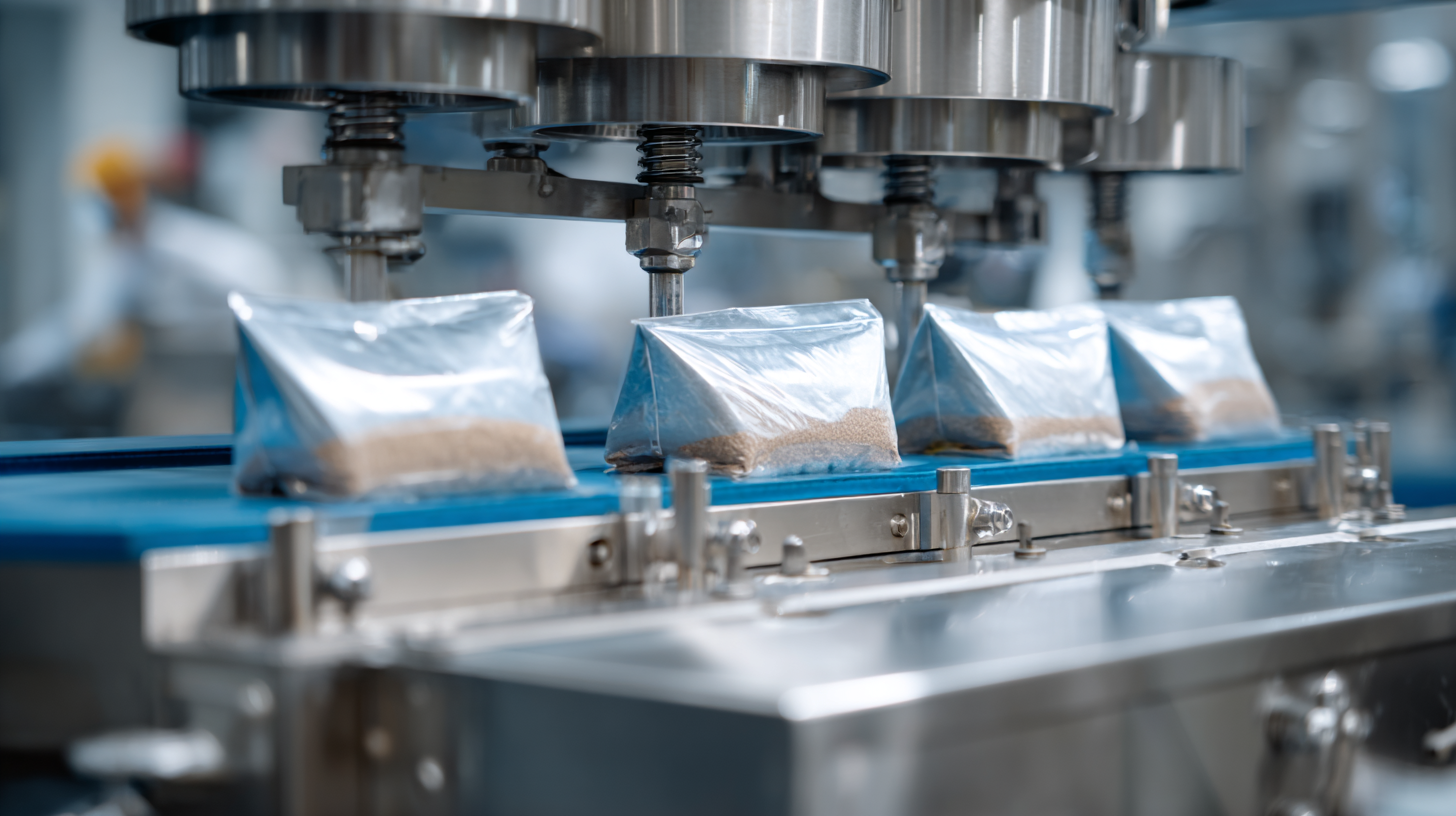
In addition to consumer desires, market trends are also influencing flexible packaging strategies. E-commerce has accelerated the need for packaging that protects products during transit while being lightweight and easy to handle. Companies are investing in advanced flexible packaging machines to meet these demands, allowing for rapid production and customization. As competition intensifies, businesses are recognizing that adopting flexible packaging solutions not only meets market expectations but also improves operational efficiency and reduces costs, making it a critical aspect of their long-term strategies.
Future Outlook: The Role of Automation in Flexible Packaging Advancements
The rapid advancements in automation are transforming the flexible packaging industry, paving the way for increased efficiency and reduced operational costs. According to a report by Smithers Pira, the global flexible packaging market is projected to reach $370 billion by 2024, with automation playing a crucial role in this growth. As manufacturers integrate automated systems into their packaging processes, they are not only enhancing production speeds but also improving the consistency and quality of their products. For instance, automated flexible packaging machines can operate at speeds of up to 200 packages per minute, significantly outpacing traditional methods.
Moreover, the implementation of automation technologies such as robotics and artificial intelligence is facilitating real-time monitoring and predictive maintenance, which helps minimize downtime. The Freedonia Group estimates that the use of advanced machine technology will contribute to a 4% annual growth rate in the flexible packaging sector through 2025. By embracing these innovations, manufacturers can respond swiftly to market demands while optimizing resource allocation and sustainability efforts. As flexible packaging continues to evolve, the integration of automation will be pivotal in addressing the challenges of efficiency and consumer preferences.
Unlocking Efficiency: The Impact of Flexible Packaging Machines on Global Packaging Trends
| Dimension | 2022 Data | 2023 Data | 2024 Forecast | Growth Rate (%) |
|---|---|---|---|---|
| Global Flexible Packaging Market Size (Billion USD) | 250 | 275 | 300 | 10% - 12% |
| Automation Adoption Rate (%) | 40% | 50% | 60% | 20% |
| Consumer Preference for Eco-Friendly Packaging (%) | 55% | 60% | 70% | 10% |
| Investment in Flexible Packaging Technology (Million USD) | 800 | 900 | 1100 | 22% |
Related Posts
-

Unlocking the Advantages of Best Flexible Packaging Machines for Global Buyers
-
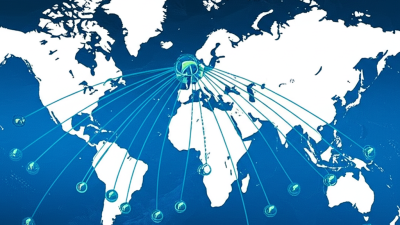
Global Reach of Chinese Manufacturing in Best Packaging Equipment with Trusted Quality Standards
-

The Future of Innovative Flexible Packaging Machines for Sustainable Solutions
-
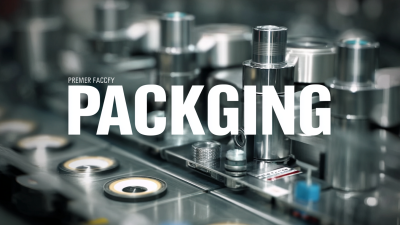
Premier Chinese Factory Delivers Exceptional Packaging Equipment and Machinery Worldwide
-

Unmatched Quality from Trusted Chinese Manufacturers for the Best Package Equipment
-
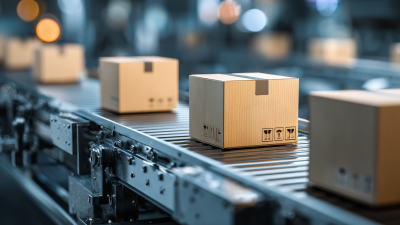
Navigating the 2025 Trends in Best Packaging Equipment for Global Buyers to Enhance Efficiency
